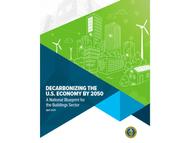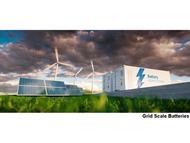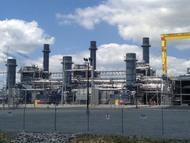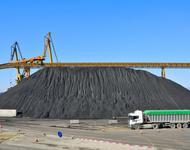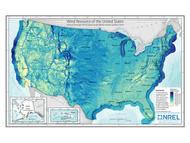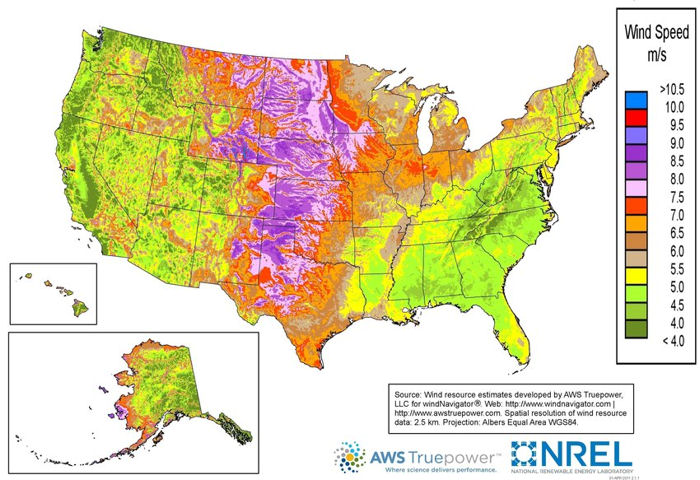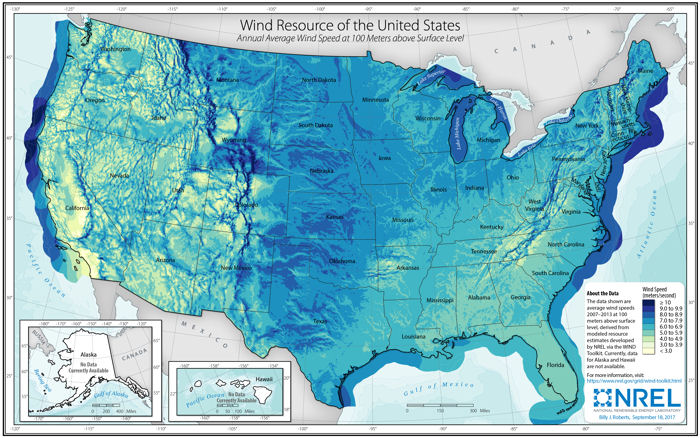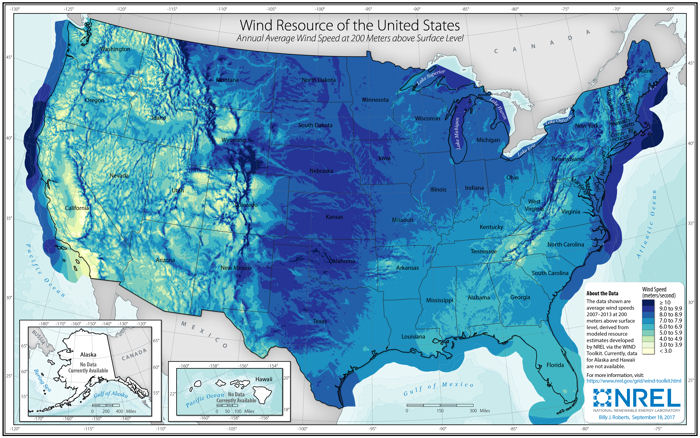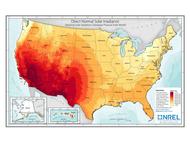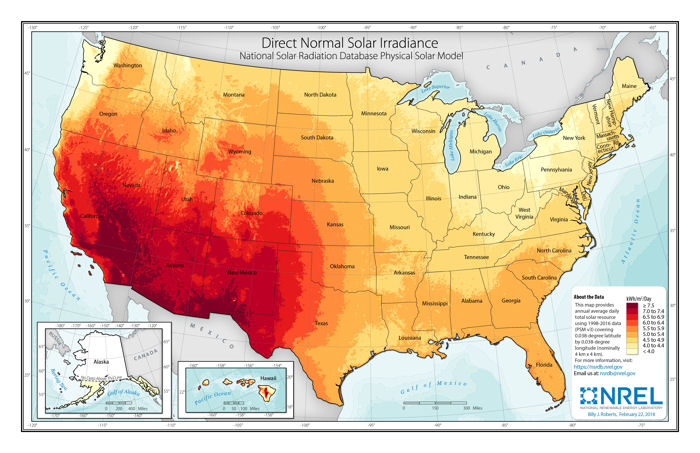The energy transition envisioned by the current US Administration is an enormous financial endeavor. It would increase the current US electricity sector investment in generation, transmission and distribution facilities from approximately $150 billion per year to approximately $250 billion per year through 2050, roughly tripling industry capitalization to approximately $6 trillion.
The transition would also require the electricity sector to invest between $8 – 80 trillion per year over the period in electricity storage facilities, depending on the ultimate cost of electricity storage infrastructure.
It is difficult to imagine that an electric utility industry with a capitalization of approximately $2 trillion, currently investing approximately $150 billion annually, could increase annual investment by 50X through 2050, no less by 500 times.
It is inconceivable that this level of increased investment in the electric grid could result in the promised reduction in customer electricity cost, especially considering the anticipated securitization of existing, functional and not fully depreciated coal and natural gas generation assets and the far more rapid depreciation of the new generating and storage assets.
Note also that, over the 26-year period to 2050, much of the renewable generation equipment and storage facilities installed early in the transition would begin to require replacement, further increasing investments.
The replacement of fossil end use equipment would largely be the responsibility of the equipment owners and much of the equipment would be replaced with electric equipment at the end of its useful life, so the incremental societal cost of the equipment replacement is not possible to calculate.
The above information is in the public domain and is known by US DOE, FERC and the electric utilities.
The often-repeated promise of cheaper renewable electricity is a fraudulent fantasy.
It is difficult to imagine how a nation with an approximate $28 trillion GDP and a $30 trillion national debt could increase investment in its energy sector alone by $8 - 80 trillion per year through 2050. It is also difficult to imagine how such a nation could justify continued long-term subsidies and incentives funded with increasingly expensive borrowing.
It is also difficult to imagine how US industry would be able to remain competitive in the global economy in competition with industry in China, India, Indonesia and other nations continuing to rely on fossil fuels for their energy needs. Industries are already reducing or terminating production in the UK and Germany, which are further along in their energy transitions than the US.
The urge to save humanity is almost always a false front for the urge to rule.
H. L. Mencken
 The Right Insight is looking for writers who are qualified in our content areas. Learn More...
The Right Insight is looking for writers who are qualified in our content areas. Learn More...
